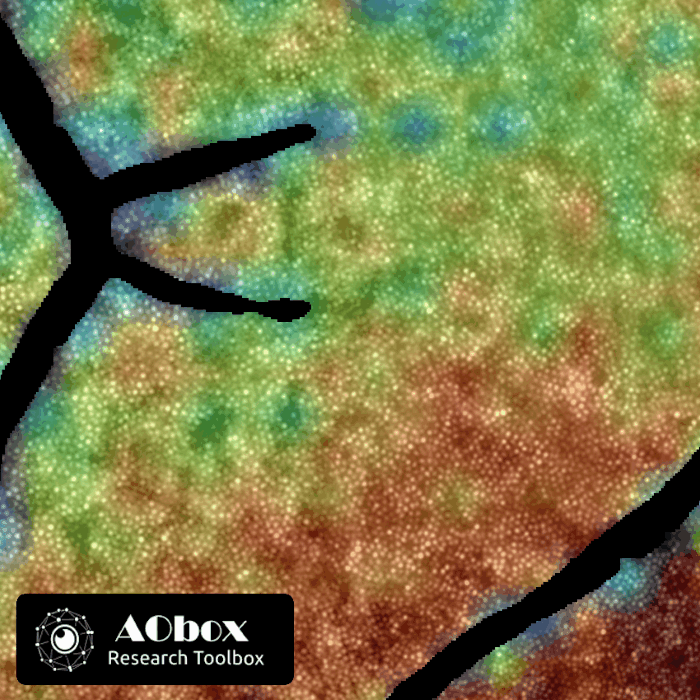Introducing AObox: AI-Powered Cone Analysis for rtx1
We are thrilled to announce AObox, a new AI research toolbox that streamlines cone mosaic analysis in rtx1 adaptive optics images.
Developed through the collaborative AO-Vision project led by Erasmus MC Rotterdam, AObox application brings ready-to-use AI models to your clinical study workflow, and generates cone density heatmaps and quantitative metrics directly from AO images and montages.
AObox – Key Capabilities
- Automated cone density mapping across large retinal areas
- Grid sector analysis with quantitative outputs
- Batch processing for analysis pipelines
- AI model validated and published in Ophthalmology Science (Wooning et al., 2024)

AObox is for research use only. AObox development was supported by Health Holland, Top Sector Life Sciences & Health under grant agreement no. EMCLSH22014 (AO-VISION).
Want to learn more?
Discover how AObox can streamline cone photoreceptor analysis in your research studies. AObox is available at no cost to rtx1 camera users who sign a license agreement with EMC Rotterdam.
